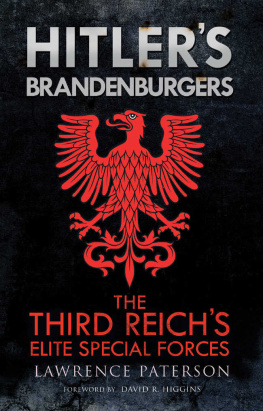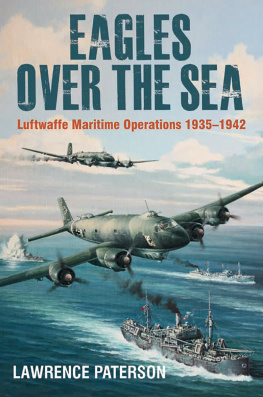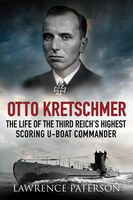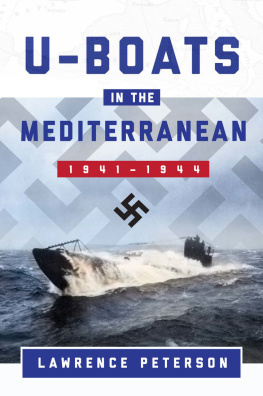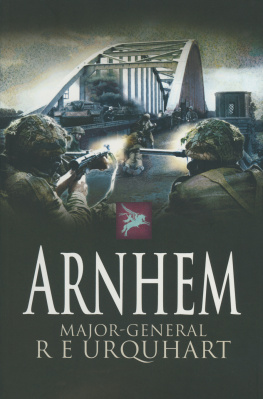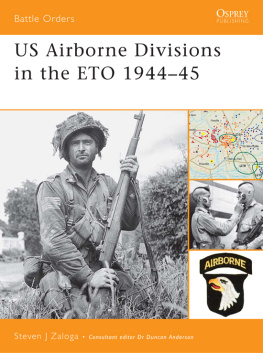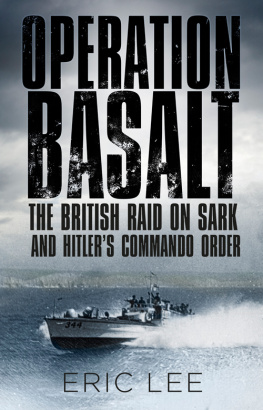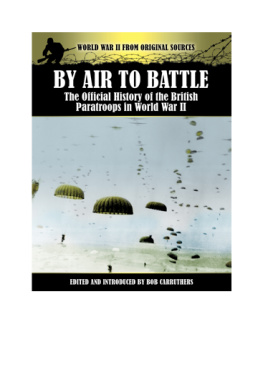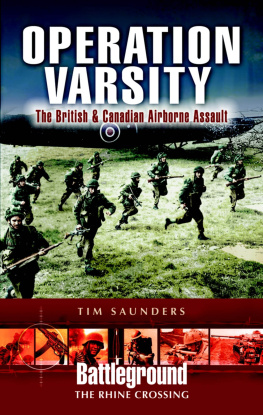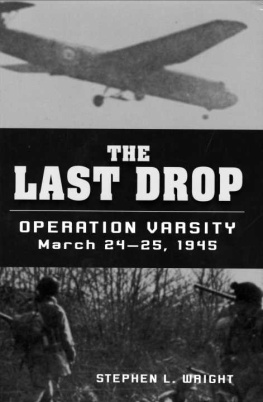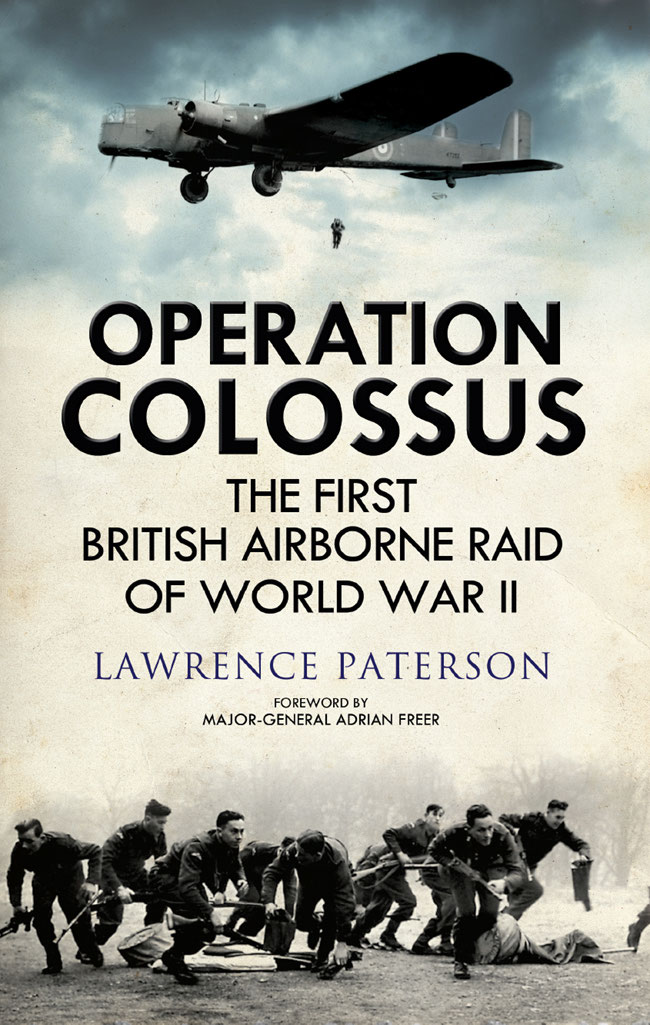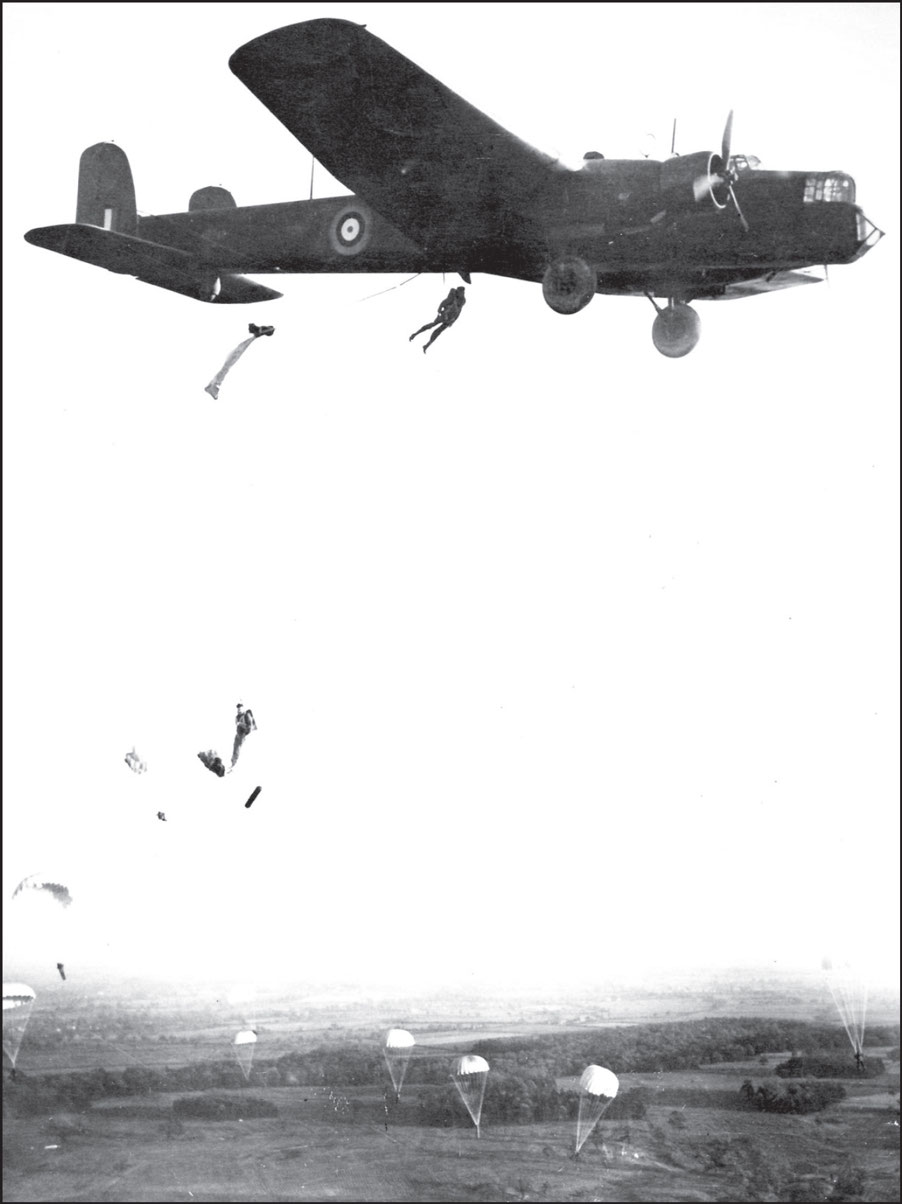Lawrence Paterson - Operation Colossus: The First British Airborne Raid of World War II
Here you can read online Lawrence Paterson - Operation Colossus: The First British Airborne Raid of World War II full text of the book (entire story) in english for free. Download pdf and epub, get meaning, cover and reviews about this ebook. City: Barnsley, year: 2020, publisher: Greenhill Books, genre: History. Description of the work, (preface) as well as reviews are available. Best literature library LitArk.com created for fans of good reading and offers a wide selection of genres:
Romance novel
Science fiction
Adventure
Detective
Science
History
Home and family
Prose
Art
Politics
Computer
Non-fiction
Religion
Business
Children
Humor
Choose a favorite category and find really read worthwhile books. Enjoy immersion in the world of imagination, feel the emotions of the characters or learn something new for yourself, make an fascinating discovery.
- Book:Operation Colossus: The First British Airborne Raid of World War II
- Author:
- Publisher:Greenhill Books
- Genre:
- Year:2020
- City:Barnsley
- Rating:4 / 5
- Favourites:Add to favourites
- Your mark:
Operation Colossus: The First British Airborne Raid of World War II: summary, description and annotation
We offer to read an annotation, description, summary or preface (depends on what the author of the book "Operation Colossus: The First British Airborne Raid of World War II" wrote himself). If you haven't found the necessary information about the book — write in the comments, we will try to find it.
Britain was one of the last major powers of the Second World War to establish an airborne arm of service. Formed by a collection of free-thinking army and air force officers, the fledgling British paratrooper unit, known as the SAS, deployed trial and error in terms of tactics and equipment, costing the lives of several volunteers before an elite few were selected to make the first British parachute raid of the war. Alongside the paratroopers were two veterans of the First World War: an Italian SOE agent, formerly a banqueting manager in London hotels, and an RAF reserve officer who held the Military Cross for bravery.
Collectively known as X-Troop, these men were parachuted by specially selected bomber crews into the heart of enemy territory, where they successfully destroyed their target, the Tragino Aqueduct, before becoming the object of an exhaustive manhunt by Italian troops and civilians. Captured, they were variously interrogated, imprisoned, and the Italian SOE agent placed on trial for treason and executed.
Given the distances that had to be covered, the logistical complications and the lack of any precedent, the raid was a remarkable feat. Its success or failure depended on a group of men using methods and equipment thus far untried by the British Army. They were truly guinea pigs for those that would follow in their footsteps.
Often overlooked in British military history, Paterson brings this extraordinary episode to light, drawing on verbatim testimony and interrogating the truth of previous accounts. From the formation of the unit and the build up to its first deployment, through Operation Colossus and its aftermath, to its ongoing legacy today, this is the fascinating story of the modern day British Parachute Regiment.
Lawrence Paterson: author's other books
Who wrote Operation Colossus: The First British Airborne Raid of World War II? Find out the surname, the name of the author of the book and a list of all author's works by series.


